
Behind the Design: Florentine Fruits
I have long been a collector of ephemera, holding safe all manner of papers since childhood. I’ve used pieces preciously for decades, employing them with great restraint. A personal favorite form of paper has been the richly colored papers from Italy. Timelessly elegant and meticulously crafted, I hold their beauty on par with their Japanese Chiyogami counterparts. Let's explore the rich heritage of Italian paper, a material that is evergreen in my handcrafted jewelry creations.
The Origins of Italian Paper
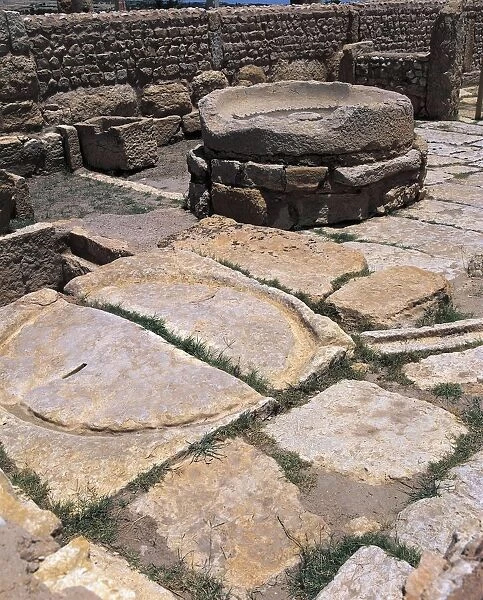
Some of the earliest European paper mills were repurposed Roman mills once used for pressing olives. These mills, primarily found in regions of Spain, date back to the 1150s! But seriously, could you imagine making all that paper pulp by hand?
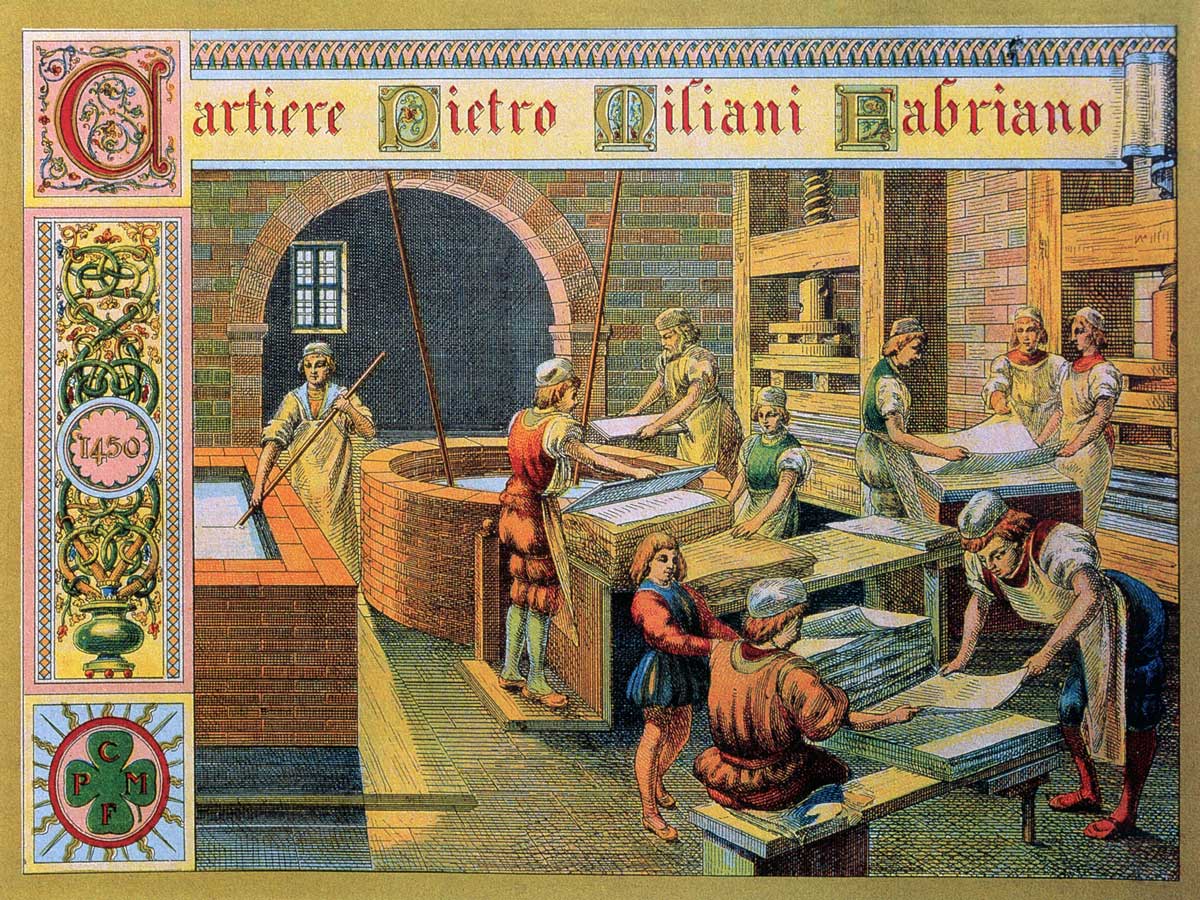
In the 13th century, a small town called Fabriano in the Marche region became the best-in-class manufacturer of Italian paper. The quality and durability were unsurpassed, and the artisans developed production techniques including watermarking and animal gelatin sizing—a process to make the paper water-resistant. Italy held the European monopoly on paper manufacturing until the 14th century, when France, Germany, and eventually Holland became major players in the industry.
The Art of Making Italian Paper
The process of making Italian paper is an art form in itself. It begins with the careful selection of fibers, traditionally from cotton or linen rags. These fibers are beaten into a pulp and spread evenly across a wire mesh to form sheets. The sheets are pressed, dried, and often treated with gelatin to enhance their texture and resilience.
The Enchantment of Italian Paper Decoration
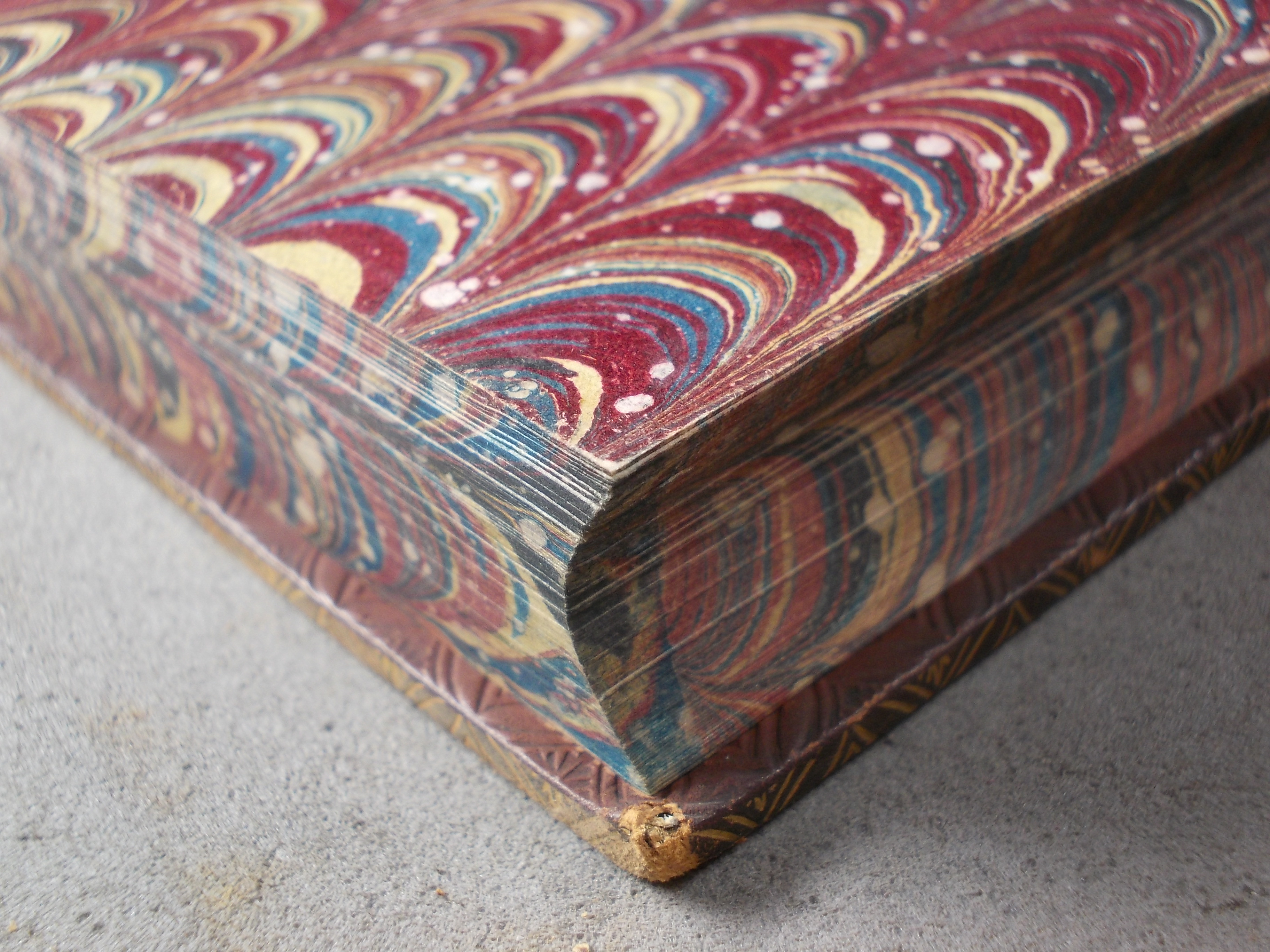
It’s the decoration of the paper that is the most enchanting element for me. I love to use hand-marbled Italian paper as the main pattern or image, as well as the surprise lining on the back. The idea that this beautiful material, traditionally used as the lining inside a book, now gets its time in the sun is delightful to me. Marbling has been popular since the Renaissance, and many of the original techniques and patterns are still in use today. That connection, that thread to history, is a core value of Folkloric Jewelry.
Florentine Renaissance Botanical Decorations
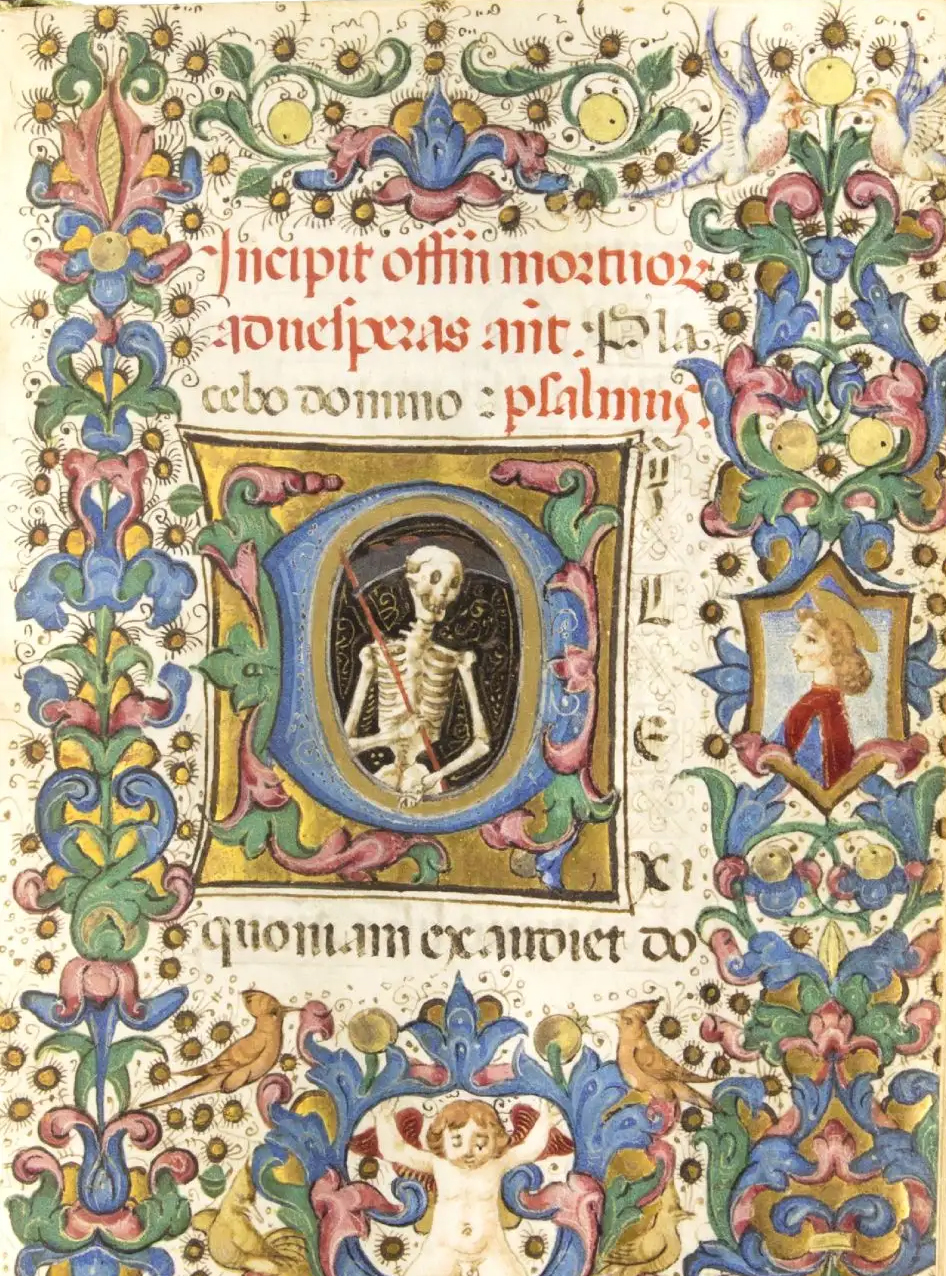
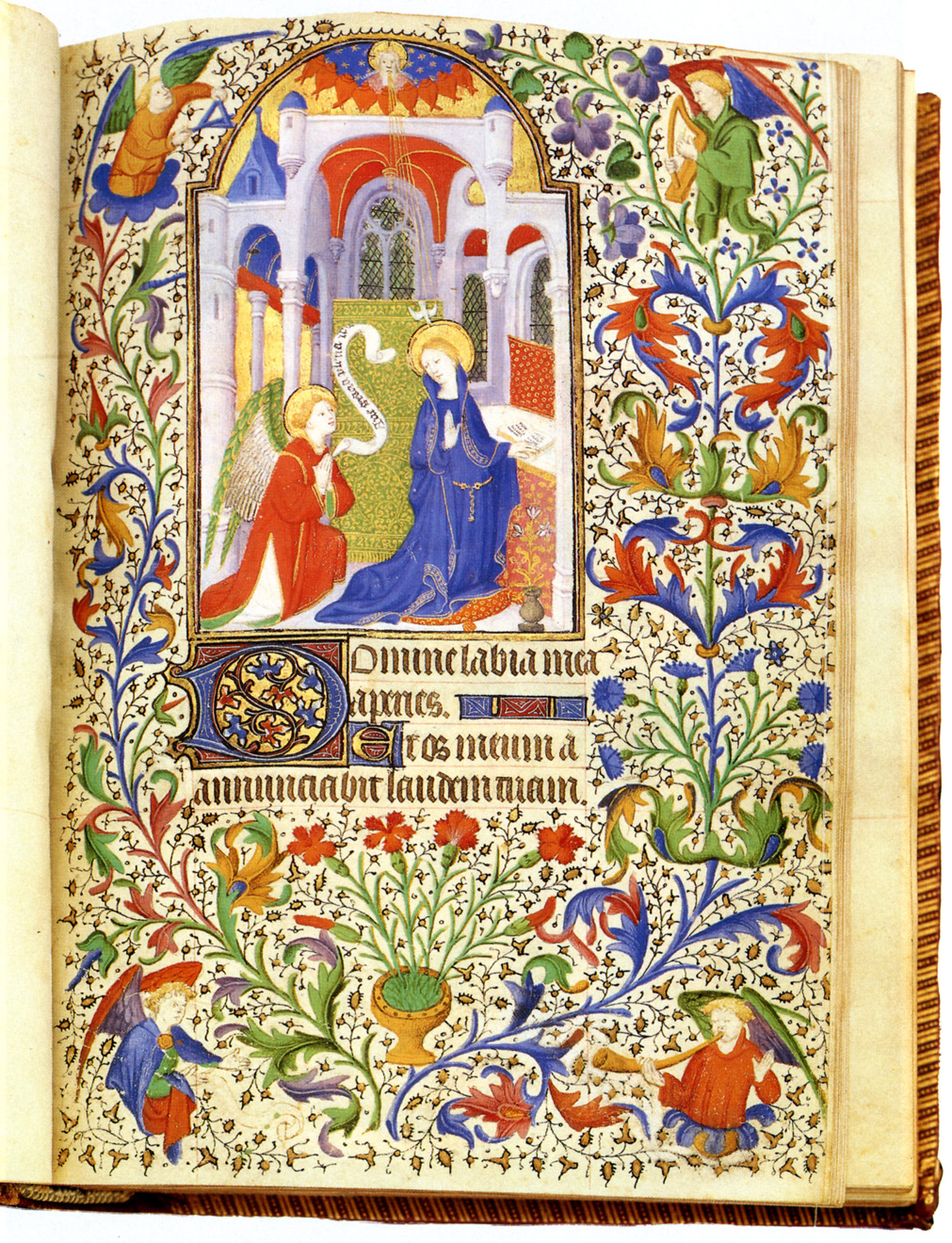
Many patterns are recreations or inspired by traditional Florentine Renaissance botanical decorations. If you take a look at the border design and cartouches of illuminated manuscripts from the Medieval and Renaissance eras, you will see the foundations for the designs printed in the last 100 years or so. These papers are produced by a small number of Italian paperhouses and are used in many Folkloric Jewelry collections. Each sheet is individually letterpress printed, and many designs have bronze powder added to give a golden luster. The Florentine Fruits Collection uses one of these designs with a pattern by Italian paper house, Rossi 1931.
Explore Folkloric Jewelry’s Italian Paper Collections
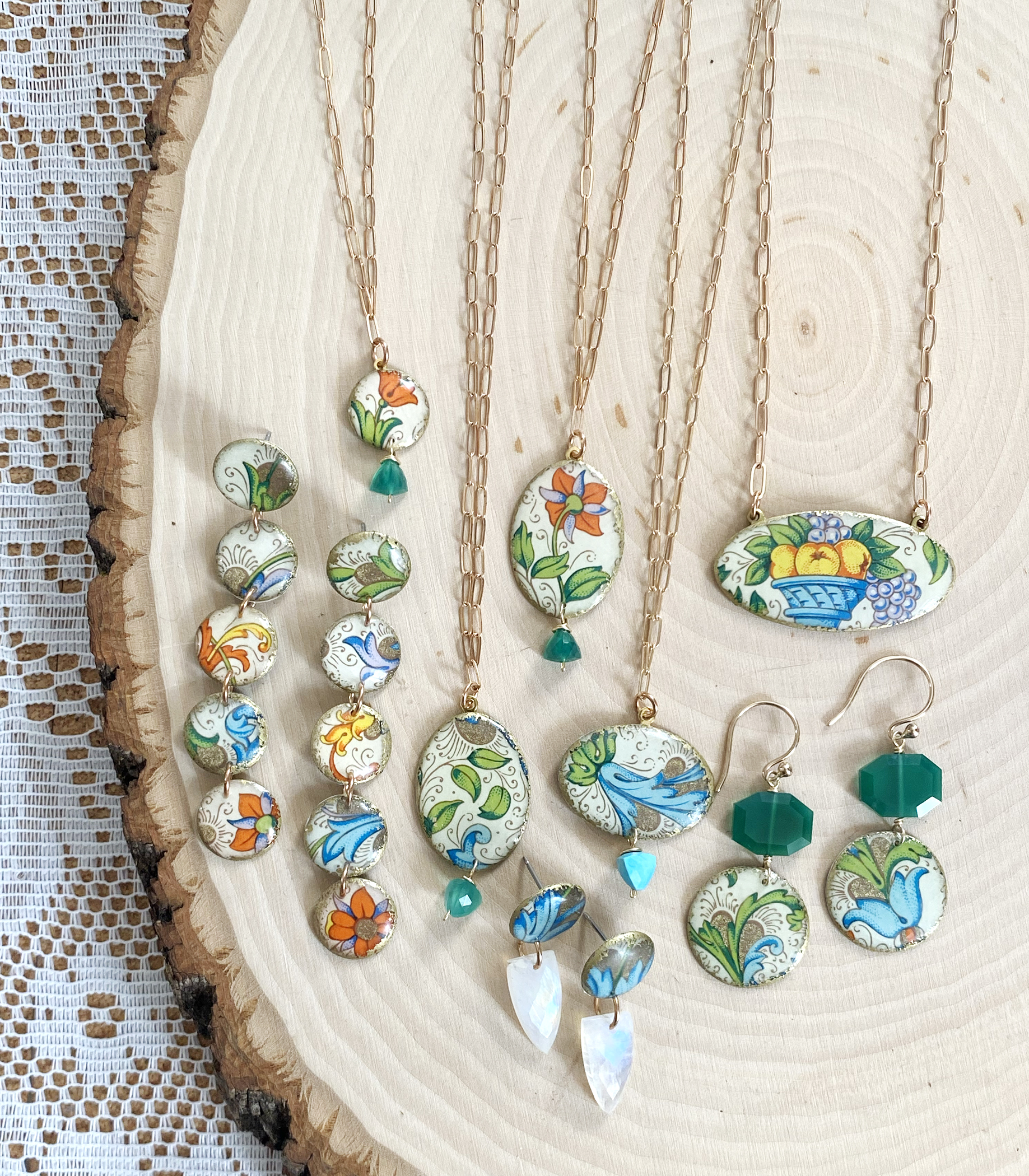
Stay updated with new styles from Folkloric Jewelry. New collections using Italian papers are in the works. If you’re not a member of the Folkloric Friends, click here to join. You’ll receive special discounts, early access to new collections, and more.
As you browse through our pages, you’ll find many pieces created with elegant Italian papers. From intricately designed necklaces to statement earrings, each piece is a story preserved in wearable art. Shop now, and find the perfect piece to add a touch of timeless beauty to your collection.




